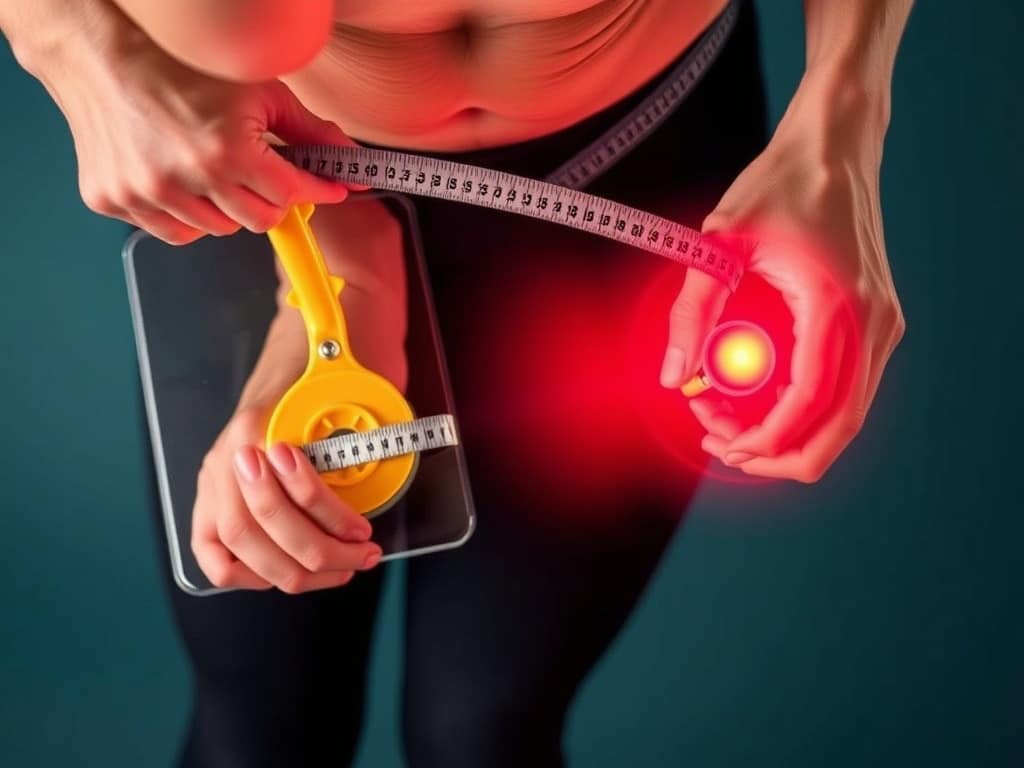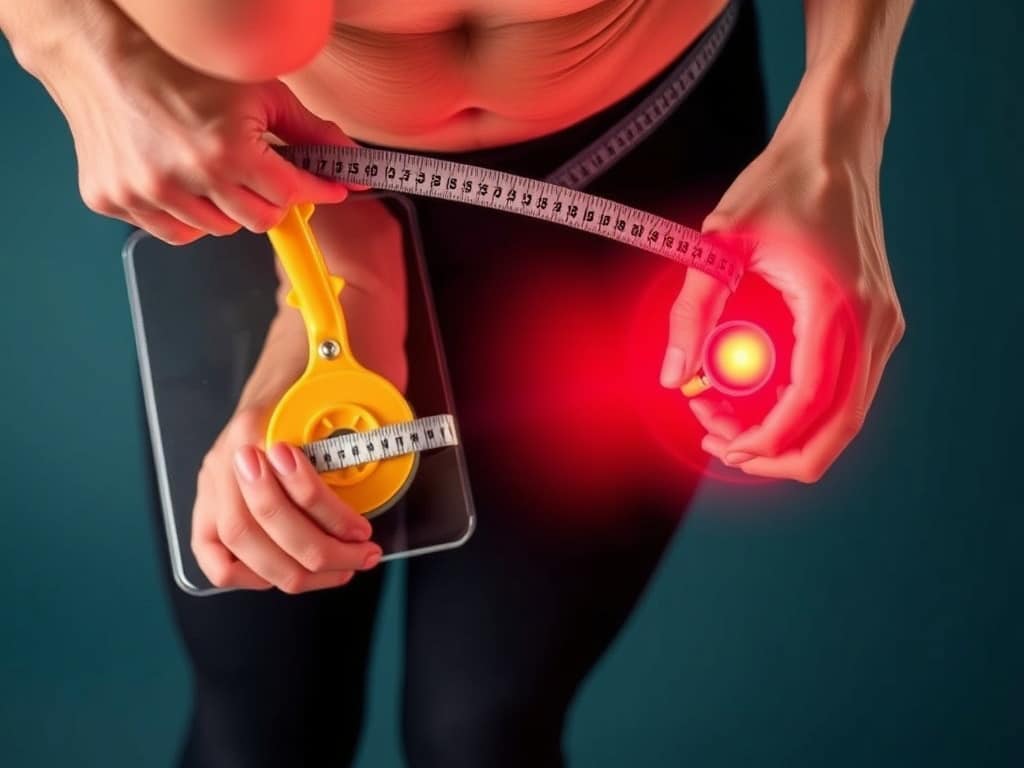Secret Weapons for Achy Joints: How to Improve Joint Health Naturally (and Enjoy Life More!)
Remember the days when you could bound out of bed, tackle a flight of stairs without a second thought, or spend an afternoon gardening without paying for it later? As we age, our joints can become less cooperative, whispering complaints of stiffness, pain, and limited mobility. But don’t resign yourself to a life of creaky knees and aching hips! The good news is that there are a wealth of natural strategies you can implement to dramatically improve joint health and reclaim your zest for life.
What Exactly Are Joints, And Why Should We Care?
Joints are the unsung heroes of our mobility, the intricate mechanisms that allow us to bend, twist, and move with grace (or, at least, attempt to!). They’re where two or more bones meet, cushioned by cartilage, lubricated by synovial fluid, and held together by ligaments. Think of them as the hinges of your body, and when these hinges start to rust, the whole structure suffers.
Healthy joints are essential for everything from walking and typing to hugging loved ones and pursuing our hobbies. Neglecting joint health can lead to chronic pain, reduced range of motion, and a significant decrease in overall quality of life. The good news? It’s never too late to give your joints the TLC they deserve.
Decoding the Discomfort: What Causes Joint Pain and Stiffness?
Joint pain can stem from a variety of sources, making it crucial to understand the potential culprits. The usual suspects include:
- Osteoarthritis: The most common type of arthritis, osteoarthritis involves the breakdown of cartilage, leading to pain, stiffness, and swelling.
- Rheumatoid Arthritis: An autoimmune disease where the body’s immune system attacks the joints, causing inflammation and damage.
- Bursitis: Inflammation of the bursae, fluid-filled sacs that cushion joints.
- Tendinitis: Inflammation of the tendons, which connect muscles to bones.
- Injuries: Sprains, strains, and dislocations can all lead to joint pain.
- Gout: A form of arthritis caused by a buildup of uric acid crystals in the joints.
Other contributing factors can include age, genetics, overuse, and even lifestyle choices. Pinpointing the cause is the first step toward finding effective solutions.
Fueling Healthy Joints: The Power of Diet and Nutrition
What you eat can have a profound impact on your joint health. An anti-inflammatory diet is your best defense against joint pain and stiffness. Here’s what to load up on:
- Omega-3 Fatty Acids: Found in fatty fish like salmon, mackerel, and sardines, as well as flaxseeds and walnuts, omega-3s help reduce inflammation.
- Antioxidant-Rich Foods: Berries, leafy greens, and colorful vegetables are packed with antioxidants that combat free radicals and protect joint tissue.
- Vitamin C: Essential for collagen production, which is crucial for maintaining healthy cartilage. Citrus fruits, broccoli, and bell peppers are excellent sources.
- Whole Grains: Opt for whole grains like brown rice and quinoa over refined grains, as they have a lower glycemic index and can help regulate blood sugar levels, which can impact inflammation.
Conversely, limit or avoid pro-inflammatory foods like processed foods, sugary drinks, red meat, and excessive alcohol. These can exacerbate joint pain and stiffness.
Supplements: Separating Fact from Fiction in the Quest for Joint Relief
The supplement aisle can be a confusing place, with countless products promising joint pain relief. While some supplements show promise, it’s essential to approach them with a healthy dose of skepticism and consult with your doctor before starting any new regimen.
- Glucosamine and Chondroitin: These are building blocks of cartilage and may help reduce pain and improve joint function, particularly in osteoarthritis. However, research results have been mixed.
- Turmeric/Curcumin: This potent anti-inflammatory spice has gained popularity for its ability to reduce joint pain and stiffness. Look for supplements that contain piperine (black pepper extract) to enhance absorption.
- SAMe (S-Adenosylmethionine): Some studies suggest that SAMe may be as effective as NSAIDs (nonsteroidal anti-inflammatory drugs) in relieving osteoarthritis pain, but more research is needed.
- Vitamin D: Important for bone health and may play a role in reducing inflammation. Many people are deficient in Vitamin D, so it’s worth getting your levels checked.
Remember, supplements are not a magic bullet, and they work best when combined with a healthy diet and lifestyle.
Move It or Lose It: Exercise and Physical Activity for Joint Health
It might seem counterintuitive to exercise when your joints are aching, but regular physical activity is crucial for maintaining joint health and reducing pain. Exercise helps strengthen the muscles around your joints, providing support and stability. It also improves circulation, delivers nutrients to cartilage, and helps maintain a healthy weight, which reduces stress on the joints.
The best types of exercise for joint health are low-impact activities that don’t put excessive stress on the joints, such as:
- Walking: A simple, accessible activity that can be easily incorporated into your daily routine.
- Swimming: The buoyancy of water reduces stress on the joints, making it an ideal exercise for people with arthritis.
- Cycling: Another low-impact option that strengthens leg muscles and improves cardiovascular health.
- Strength training: Use light weights or resistance bands to strengthen the muscles around your joints.
Start slowly and gradually increase the intensity and duration of your workouts. Listen to your body and stop if you experience pain.
Gentle Movement, Powerful Results: Yoga, Tai Chi, and Pilates
These mind-body practices can be incredibly beneficial for improving joint health and reducing pain. They emphasize gentle movements, stretching, and controlled breathing, which can increase flexibility, improve balance, and reduce stress.
- Yoga: Certain yoga poses can help improve range of motion, strengthen muscles, and reduce inflammation. Look for classes specifically designed for people with arthritis or joint pain.
- Tai Chi: This ancient Chinese martial art involves slow, flowing movements that improve balance, coordination, and flexibility. It’s a gentle and effective way to reduce joint pain and stiffness.
- Pilates: Pilates focuses on strengthening core muscles, which provides support for the spine and joints. It can also improve posture and alignment.
These practices are often taught in modified versions to accommodate individuals with joint limitations.
The Weight Connection: How Maintaining a Healthy Weight Benefits Your Joints
Excess weight puts tremendous stress on weight-bearing joints like the knees and hips. Even a modest weight loss can significantly reduce joint pain and improve mobility. Losing just 10 pounds can make a noticeable difference in how your joints feel.
Aim for a healthy weight through a combination of diet and exercise. Focus on eating nutrient-rich foods and engaging in regular physical activity. Consider working with a registered dietitian or personal trainer to develop a plan that’s tailored to your individual needs.

Home Remedies: Soothing Joint Pain with Heat, Cold, and Herbs
When joint pain flares up, simple home remedies can provide relief. Experiment to see what works best for you.
- Heat: Applying heat can help relax muscles and increase blood flow to the affected area. Use a warm compress, heating pad, or take a warm bath or shower.
- Cold: Applying cold can help reduce inflammation and numb pain. Use an ice pack wrapped in a towel for 15-20 minutes at a time.
- Topical Creams: Over-the-counter creams containing ingredients like capsaicin or menthol can provide temporary pain relief.
- Herbal Remedies: Some herbs, such as ginger and boswellia, have anti-inflammatory properties and may help reduce joint pain. Consult with a healthcare professional before using herbal remedies.
The Importance of Hydration: Keeping Your Joints Lubricated
Water is essential for overall health, including joint health. Cartilage is made up of about 80% water, so staying hydrated helps keep it lubricated and functioning properly. Dehydration can lead to joint stiffness and pain.
Aim to drink at least eight glasses of water per day. You can also get fluids from other sources, such as fruits, vegetables, and soups.
Smart Moves: Lifestyle Changes to Reduce Joint Stress
Simple adjustments to your daily routine can make a big difference in reducing joint stress and preventing pain.
- Proper Posture: Maintain good posture when sitting, standing, and walking.
- Ergonomics: Set up your workstation to minimize strain on your joints.
- Lifting Techniques: Use proper lifting techniques to avoid injuring your back and joints.
- Footwear: Wear supportive shoes with good arch support.
- Assistive Devices: Use assistive devices like canes or walkers if needed.
When to Seek Professional Help: Knowing When to See a Doctor
While many cases of joint pain can be managed with self-care strategies, it’s important to see a doctor if you experience any of the following:
- Severe pain that doesn’t improve with home treatment.
- Swelling, redness, or warmth around the joint.
- Inability to move the joint.
- Joint deformity.
- Fever or other signs of infection.
A doctor can diagnose the underlying cause of your joint pain and recommend appropriate treatment options.
Playing the Long Game: Preventative Measures for Long-Term Joint Health
The best way to keep your joints healthy is to take preventative measures early in life. These include:
- Maintaining a healthy weight.
- Eating a nutritious diet.
- Engaging in regular physical activity.
- Practicing good posture.
- Avoiding overuse injuries.
By adopting healthy habits, you can significantly reduce your risk of developing joint problems as you age.
The Impact of Time: How Aging Affects Our Joints
As we age, our bodies undergo natural changes that can affect our joints. Cartilage thins, ligaments lose elasticity, and synovial fluid decreases. These changes can lead to stiffness, pain, and reduced range of motion. While we can’t stop the aging process, we can take steps to mitigate its effects on our joints.
Understanding Osteoarthritis and Other Common Joint Conditions
Educating yourself about common joint conditions can help you better understand your symptoms and make informed decisions about your treatment. Osteoarthritis, rheumatoid arthritis, and gout are just a few of the conditions that can affect joint health. Each condition has its own unique characteristics and requires a different approach to management.
The Inflammation Factor: Unveiling the Connection Between Inflammation and Joint Pain
Inflammation plays a central role in many joint conditions. When inflammation occurs in the joints, it can damage cartilage, ligaments, and other tissues, leading to pain, stiffness, and swelling. Addressing inflammation through diet, exercise, and other lifestyle changes can significantly improve joint health.
Your Journey to Joint Health Starts Today
Don’t let achy joints dictate your life! By implementing these natural strategies, you can take control of your joint health, reduce pain, improve mobility, and enjoy a more active and fulfilling life. Start with small, manageable changes and gradually incorporate more strategies into your routine. Remember, consistency is key, and the rewards are well worth the effort. Your joints will thank you for it!

